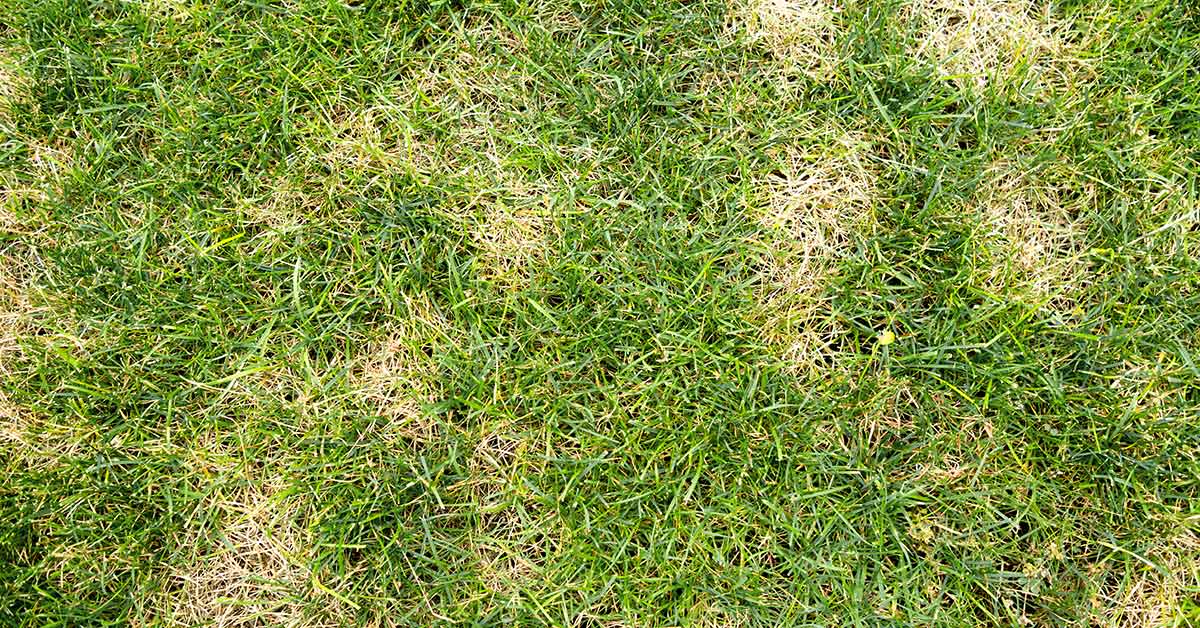If you’ve noticed unsightly brown spots marring the otherwise lush green leaves of your basket grass plant, you’re not alone. This common ornamental grass, known botanically as Oplismenus hirtellus, is prone to several issues that can cause browning of the foliage. Don’t panic – with some detective work and proper care, you can get your basket grass back to its vibrant best.
Diagnosing the Cause
The first step is figuring out precisely why those bothersome brown spots have appeared Here are the most likely culprits
Improper Watering
Too much or too little water can trigger brown spots on basket grass Overwatering leaves the roots flooded, vulnerable to rot. Underwatering dries out the leaves, turning them crispy and brown at the edges. Ensure the soil stays consistently moist but not soggy.
Lighting Problems
Insufficient sunlight starves basket grass eventually manifesting as browning on the leaves. Too much harsh direct sun has a similar effect scorching the foliage. Filtered sunlight for several hours daily is ideal.
Nutrient Deficiencies
Lack of key nutrients like nitrogen, iron or magnesium shows up as yellowing or browning. Apply a balanced, slow-release fertilizer during spring and summer to nourish your grass.
Pests
Spider mites, aphids, mealybugs and other sucking insects extract plant fluids, damaging leaves. Check for tiny pests under the leaves and treat with insecticidal soap.
Diseases
Fungal infections like leaf spot and rust can create brown lesions. Apply copper fungicide at the first sign of disease to nip it in the bud.
Environmental Stress
Drastic temperature swings, stuffy conditions and cold drafts can shock basket grass, instigating brown spots as a stress response. Stabilize conditions and increase air flow.
Restoring Health
Once you’ve determined the cause, take prompt action to get your plant thriving again:
-
Adjust watering to keep the soil evenly moist. Water at the base to avoid wet leaves.
-
Move basket grass to a location with ample indirect sunlight.
-
Apply balanced fertilizer regularly to prevent nutrient deficiencies.
-
Inspect leaves thoroughly and use organic treatments to eliminate pests.
-
Apply copper fungicide at first sign of disease to protect healthy tissue.
-
Monitor conditions like temperature and airflow and modify to reduce stress.
Prevention is Better Than Cure
Take proactive steps to ward off future brown spots:
-
Check soil moisture frequently and water properly.
-
Ensure basket grass gets optimal filtered sunlight every day.
-
Fertilize regularly with a balanced product to maintain nutrients.
-
Keep a close eye out for pests and treat promptly before they spread.
-
Remove fallen leaves quickly to eliminate fungal breeding grounds.
-
Maintain stable temperature, humidity and airflow for your plant.
Don’t Despair!
While brown spots on basket grass are disheartening, the situation is recoverable with a little TLC. Accurately diagnosing the trigger, providing suitable growing conditions and addressing any underlying issues will have your ornamental grass looking lush again in no time. With vigilant care and preventative measures, you can help your basket grass put its best green leaf forward!
Frequency of Entities:
basket grass plant: 17
brown spots: 21
leaves: 15
watering: 5
lighting: 3
nutrients: 4
pests: 3
diseases: 3
environmental stress: 3

k
fix brown spots in grass! 2 Easy Steps. brown grass to green grass
FAQ
Why does my basket plant have brown spots?
How to repair brown spots in grass?
Can you save a plant with brown spot?
Why are my grass blades turning brown?
It’s only natural that you want to know what’s causing your grass blades to turn brown. After all, brown spots on grass can be caused by a number of reasons, including poor soil quality, lawn disease, over-fertilization, lawn pests like chinch bugs, and even summer lawn stress like hot weather and drought conditions.
What causes brown spots on lawn?
These include brown patch disease, dollar spot lawn disease, rust lawn disease, snow mold lawn disease, summer patch, and more. The signs of these diseases vary based on which one you’re experiencing, but most result in uniform browning on areas of your lawn.
Why is my grass turning brown in the summer?
Healthy grass will usually resist lawn disease, but drought stress could leave it more vulnerable to lawn disease during the summer. In fact, if your grass is struggling, it may be quite susceptible to fungal diseases such as brown patch, which can cause brown spots to erupt in your lawn.
Why is my lawn Browning?
While nitrogen is an essential nutrient for a healthy lawn, too much will cause browning and eventually kill the grass, much in the same way that over-fertilizing will lead to browning. Identifying burns from pet waste is typically easy because the brown spots are small and appear where your pets relieve themselves most frequently.
